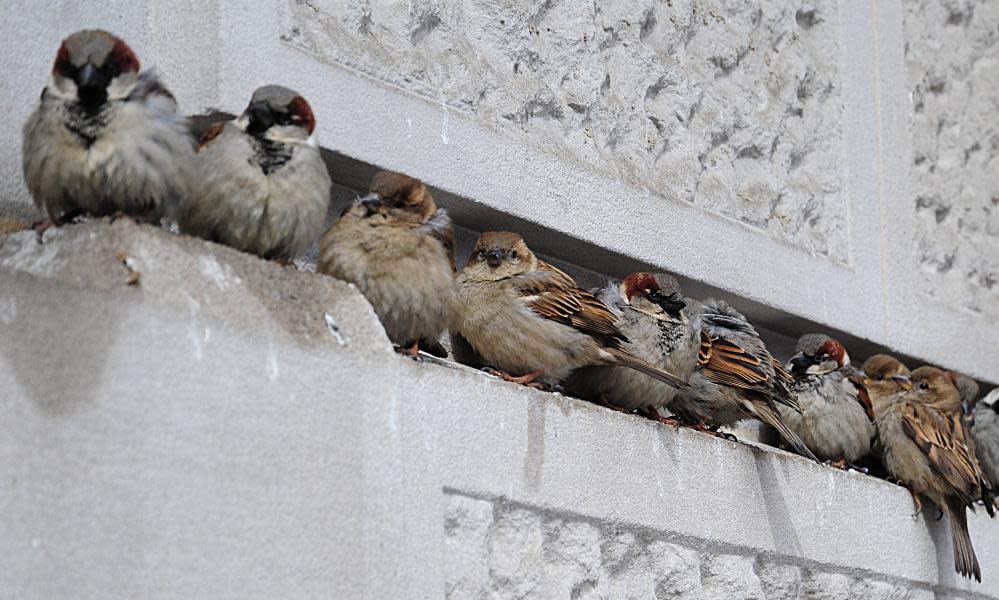Pollutionwatch: city sparrows' decline linked to car exhausts

The cheeky house sparrow is the archetypal city bird. You can find them around the world, but they are in serious decline in cities in Italy, Canada, India and the UK. London’s house sparrow population fell by 60% between 1994 and 2006.
Scientists from the Royal Society for the Protection of Birds fed London sparrows in 33 colonies and compared them with birds at 33 other places where no extra food was offered. More food meant more fledglings, but it did not improve their wintertime survival.
The team tested for lots of differences between the colonies that might explain this: green space, gardens, housing density, cat populations, sparrow hawks and even electromagnetic radiation from mobile phone signals.
Waste ground and allotments with seed bearing plants seemed to help but the study took place between 2006 and 2009 when nitrogen dioxide (NO2) from traffic was increasing. This happened as diesel car manufacturers made vehicles that passed ever tighter legal tests in laboratories but which emitted much more air pollution when driven on the roads.
The RSPB found that sparrow numbers declined fastest in places with greatest nitrogen dioxide pollution in the air. It is not just people and plants that are being affected by the state of our urban air.

 Yahoo News
Yahoo News 
